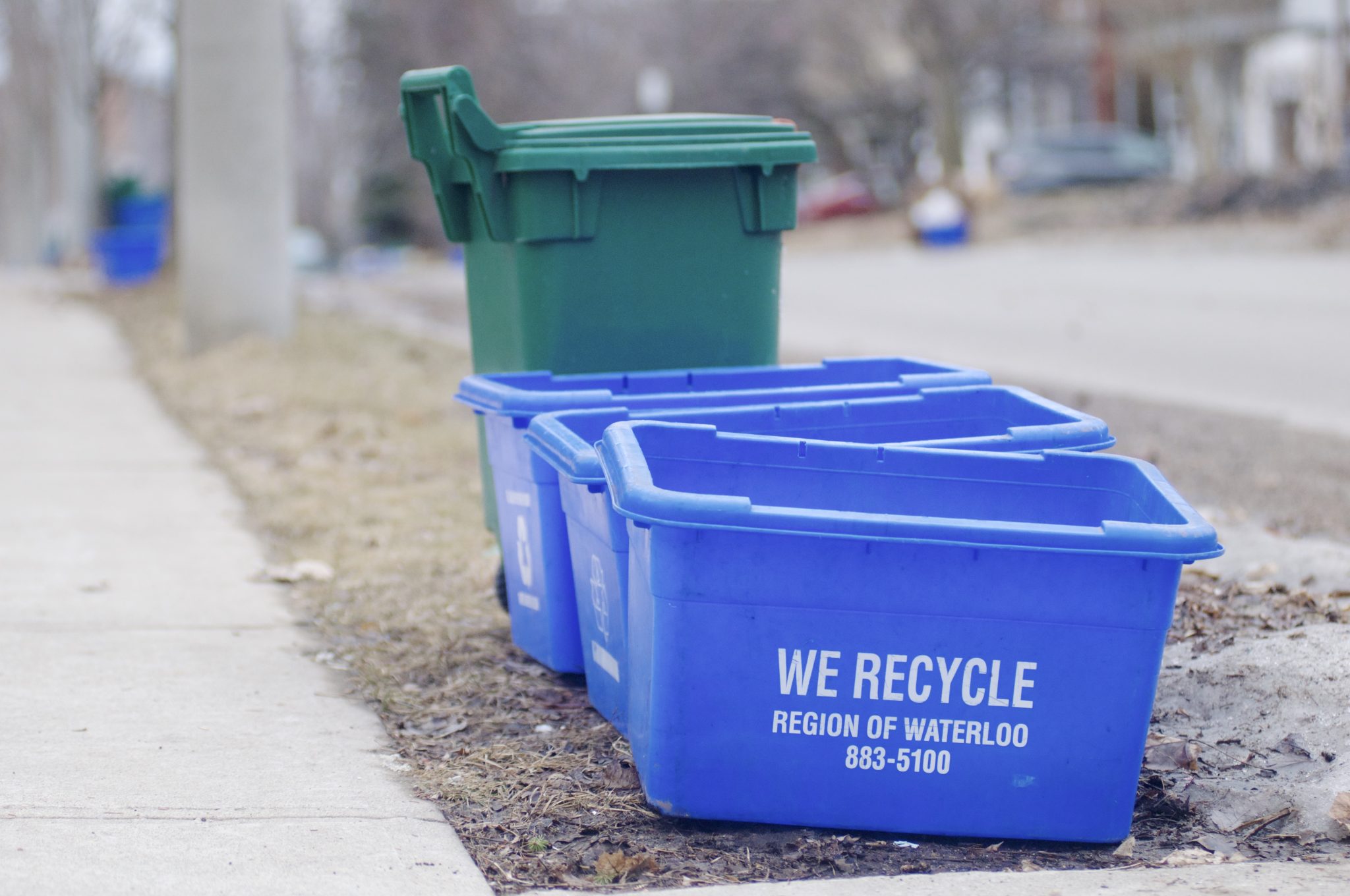Over the past few months I have discussed the need to reduce our contribution to environmental degradation that results from acquiring and discarding items. But this month is Earth Month, so I want to focus entirely on waste, since it also contributes to the problems that we face.
Every year, each Canadian creates approximately one tonne of waste — 75 per cent of which goes to landfills. This is a significant problem due to the hazardous substances that are at risk of entering our soil and waterways, the powerful greenhouse gas emissions from decomposing items, air pollution and species displacement.
Sadly, our waste habit has not been decreasing. At this pace, Ontario will need to find or expand 16 landfills by 2050.
As with everything else, this is a complex problem without a clear solution. Enhanced composting programs still only divert about 40 per cent of food waste. Some of the remaining waste can be recycled in the blue box program (which began in this Region but only about 8 per cent of waste is diverted this way). The electronic waste or tire recycling programs can be used, also.
Although we focused heavily on recycling as a solution for many years, it’s important to remind ourselves of the entire list of “R”s (in order): refuse, reduce, reuse, recycle, and rot — since recycling is still environmentally and financially costly.
We can be mindful of these R’s when we purchase goods. Buying fewer, longer-lasting items is a good way to start. But also refusing things — saying no to bags at the checkout, saying no to the free toothbrush at the dentist, saying no to presents at our children’s birthday parties, and saying no to items with excess packaging (or moving away from packaged goods entirely).
Not only has our society learned to love disposable and cheap items, but packaging and food standards have also lead to unnecessary waste. Legislators could also help cut waste by holding manufacturers responsible for their products from their creation all the way through to their disposal, including chemicals and packaging. This has been termed cradle-to-grave thinking.
While we can let producers know that we want less packaging and more responsible manufacturing through our spending, I think they need a greater financial incentive to move them closer to where we all need to be. We may be getting closer; there is currently a provincial consultation on waste that gives us all the opportunity to ask for additional producer responsibility to push for “cradle-to-grave” pricing.
I don’t know about you, but I wouldn’t be excited about having a new landfill in town. Our friends at REEP Green Solutions have a bunch of great resources through their website on cutting waste, so it’s worth exploring. They also run an annual Zero-Waste Challenge, where they challenge you to fit an entire weeks worth of garbage (or a month, for the truly ambitious) in a mason jar!
As you ponder your own actions this month, you could consider cutting your own waste, one of the hidden contributors to climate change.
Stacey Danckert is the co-director of Waterloo Region Environment Network (WREN)




Leave a Reply